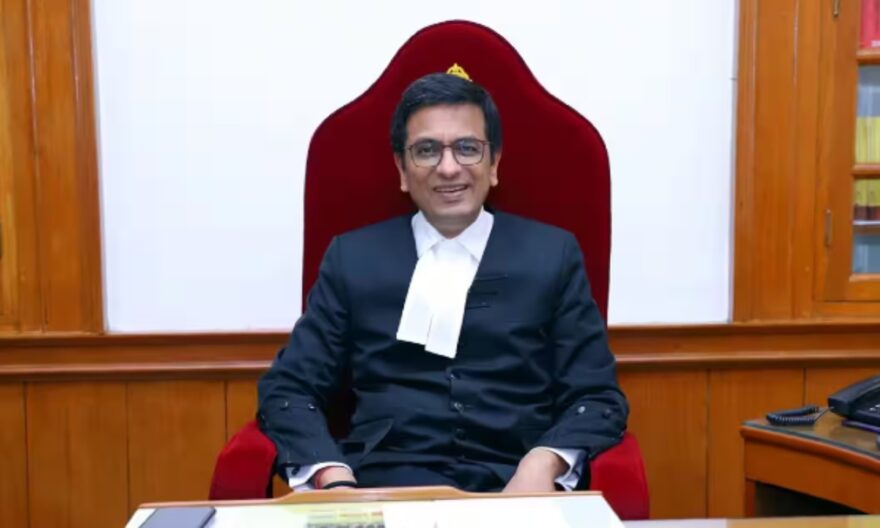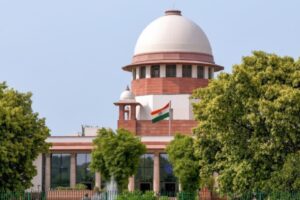
Chief Justice of India, D Y Chandrachud, has marked his one-year anniversary in the role, and his accomplishments during this time are noteworthy.
These achievements include the introduction of live streaming for constitution bench hearings, streamlining case listings, and enhancing the Supreme Court’s technological accessibility.
Under his leadership, the Supreme Court has achieved its full strength of 34 judges at one point. Notably, the implementation of a Hybrid hearing system stands out as a significant achievement during Chief Justice Chandrachud’s tenure.
The CJI has issued directives for the daily listing of 10 transfer petitions and 10 Bail applications before each Court. A novel mechanism has been introduced, designating specific days of the week for addressing cases pertaining to specific categories, such as Criminal matters, MACT matters, and Arbitration matters.
Furthermore, a new system for mentioning matters has been established, ensuring the organized and timely presentation of urgent matters before the court. In an effort to reduce paper usage, the Chief Justice has launched e-filing for advocates, along with an online appearance portal for advocates. Since May of this year, 9,913 fresh cases have been filed using the new e-filing module.
The PIL English section now digitally processes approximately 5,500 Letter Petitions and 10,000 emails each month. Despite inheriting 69,647 cases, the pendency has only increased slightly to 70,754 cases due to the various measures implemented by the Chief Justice.
In a move to enhance transparency, the Supreme Court has integrated its case data into the National Judicial Data Grid (NJDG). Additionally, under the leadership of the Chief Justice, the Supreme Court has entered into a Memorandum of Understanding (MoU) with IIT Madras to facilitate the digital transformation of the Indian judiciary.
Another significant milestone is the launch of a Handbook on Combating Gender Stereotypes by the Supreme Court of India, aimed at eliminating gender stereotypes from judicial discourse. In response to the Chief Justice’s initiative, universal restrooms have been established at various locations in the Supreme Court, promoting inclusion for the LGBTQIA+ community.




